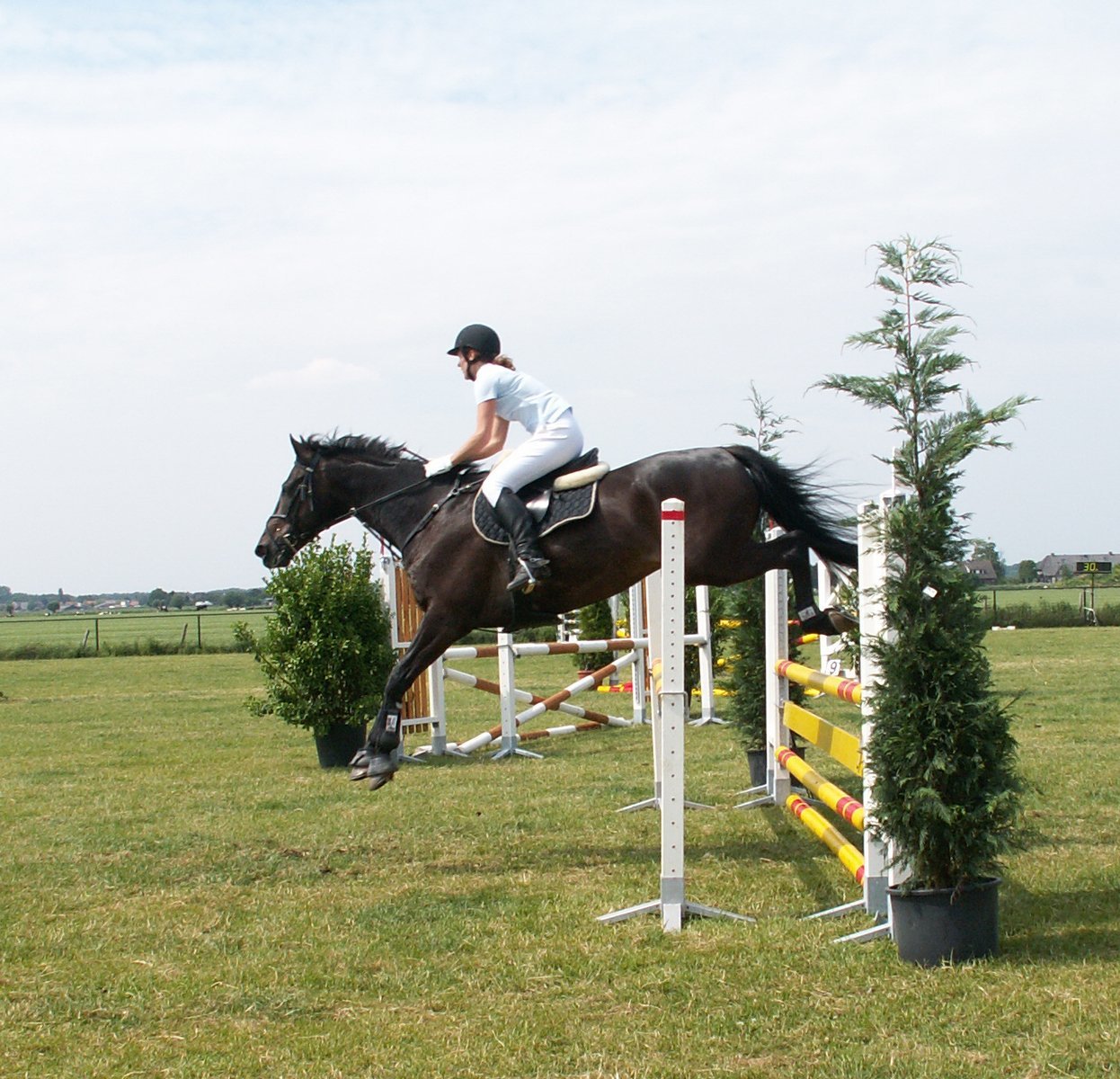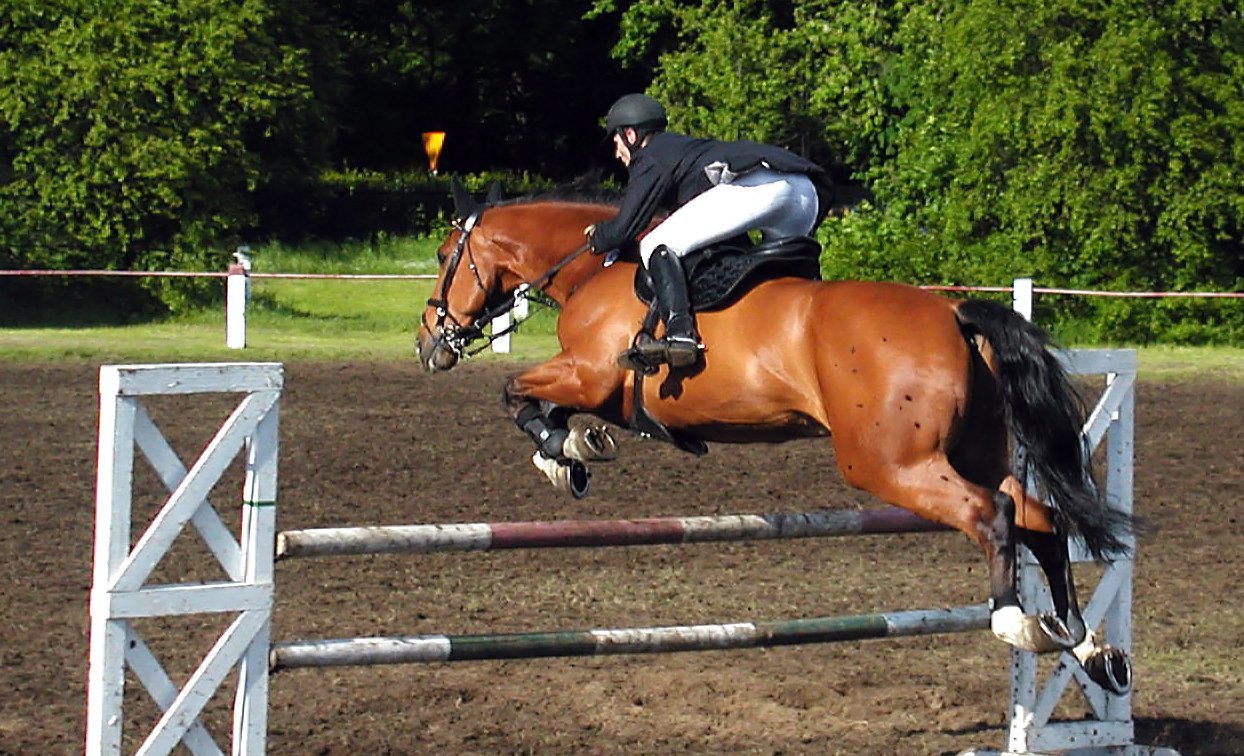Horse riding can be one of the most gratifying sports to get involved in. Whether you ride competitively, or just for the fun of it, the combination of the skills of man and the power of a beast is one of the most enthralling combinations to be part of.

Riding involves being able to apply tactics and take risks, such as when you have to accelerate with obvious obstacles or sharp bends ahead of you. Risking is, however, completely different from throwing caution to the wind. The greatest risk takers are actually the most careful riders; they know the limits they can push to and how far the stretch goes. They also know the risks to avoid.
Riding Equipment
One thing great riders always look to perfect is the riding equipment. They know that pulling outrageous stunts places both them and their horses in great danger. They, therefore, always seek to insure themselves with the best riding equipment which they can come across.
Items such as horseshoes and the right saddle can significantly affect how a rider performs in a race. They assist in proper acceleration and keeping the rider steady so that they do not get thrown off, even when the horse has to take a sharp turn or make a massive lunge.
Healthy Riding
All sports today are guided by research; horse riding no less. Riders should always seek to use advice from medical experts on safe riding practices to keep their health intact. Mainly, this involves reports about injuries which should be nursed, before getting back to riding and also, the correct postures when riding.
Riders can acquire such information without having to go through tedious or expensive processes. By visiting a site such as https://www.livi.co.uk, riders get access to useful information straight to their mobile phones. The site (and mobile app) grants the rider instant and direct access to a qualified General Practitioner, who can handle any queries they have, and offer valuable advice.
Keeping contact with such easy-to-reach GPs ensures the rider stays ahead of any competition, without having to take much time off their training sessions. The GP may also offer new information which the rider can exploit for better riding experience.
Managing Horses
Although riders are not usually the actual trainers of their horses, keeping direct contact with one’s beast comes in handy on race day. Being present at the stable helps build a rapport between man and beast. It helps the rider to understand the various moods which the horse may display at different times.
It is also a chance to establish communication signals which are necessary during riding. Furthermore, the rider gets to understand the horse’s health, and its abilities and limitations, to make use of during race outings.

